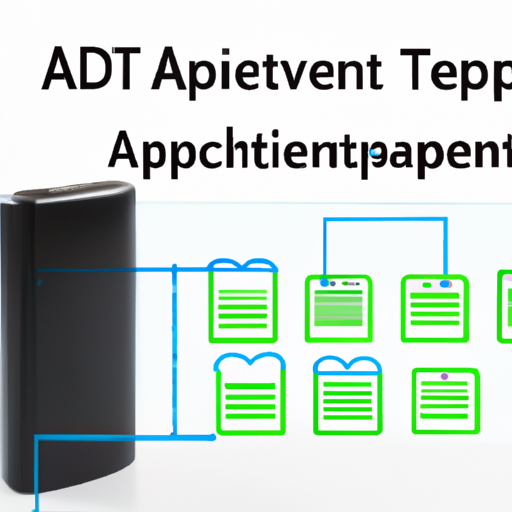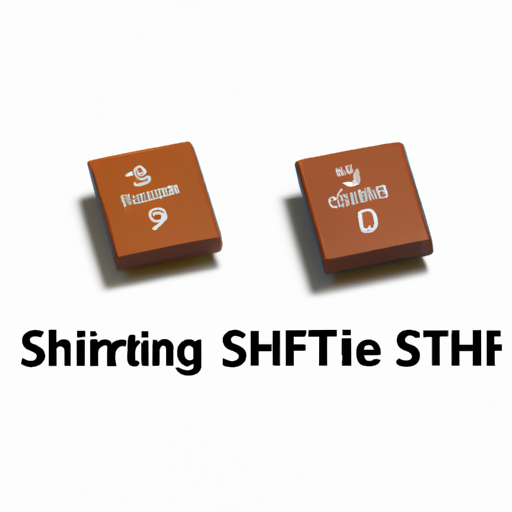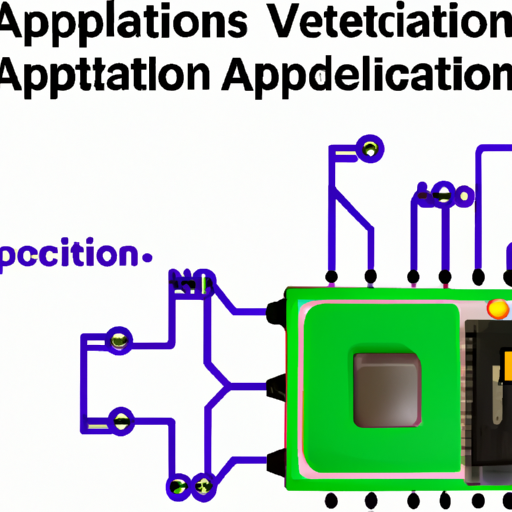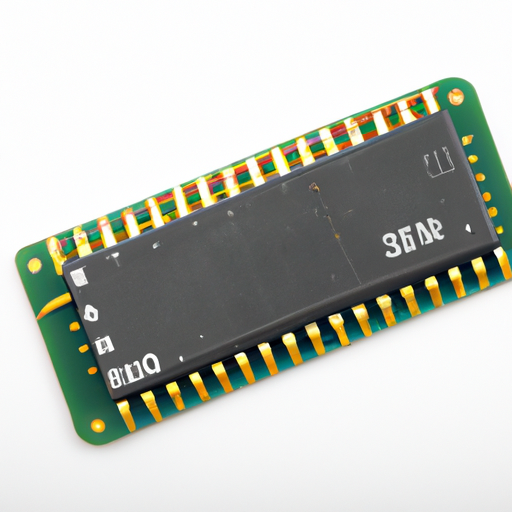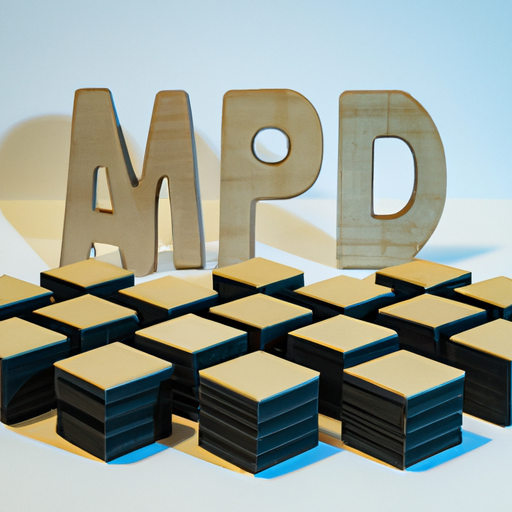1N5233B-T Drivers, Receivers, Transceivers highlighting the core functional technology articles and application development cases of Drivers, Receivers, Transceivers that are effective.
System
Sep 15
5
Certainly! Below is a refined overview of drivers, receivers, and transceivers, focusing on their core functional technologies and application development cases, while also highlighting the role of the 1N5233B-T Zener diode in these contexts.
Core Functional Technologies
1. Drivers - **Function**: Drivers are essential for providing the necessary current and voltage levels to control other devices, such as transistors, LEDs, or motors. They amplify signals to ensure that the output can effectively drive the load. - **Types**: - **Analog Drivers**: Used in applications requiring linear amplification, such as audio systems. - **Digital Drivers**: Employed in switching applications, such as driving logic gates or microcontroller outputs. - **Technologies**: - **MOSFET Drivers**: Specifically designed to drive power MOSFETs in high-speed switching applications. - **Operational Amplifiers (Op-Amps)**: Commonly used in analog signal amplification to enhance signal fidelity.
2. Receivers - **Function**: Receivers accept and process incoming signals, converting them into a usable form for other components in a system. - **Types**: - **Analog Receivers**: Used for processing audio or radio frequency (RF) signals. - **Digital Receivers**: Designed for data communication protocols like UART, SPI, or I2C. - **Technologies**: - **RF Receivers**: Integral to wireless communication systems, enabling the reception of RF signals. - **Differential Receivers**: Minimize noise in high-speed data transmission, enhancing signal integrity.
3. Transceivers - **Function**: Transceivers combine the functionalities of both transmitters and receivers, facilitating bidirectional communication. - **Types**: - **Wireless Transceivers**: Used in RF communication technologies, such as Bluetooth and Wi-Fi. - **Wired Transceivers**: Common in Ethernet and serial communication applications. - **Technologies**: - **Integrated Circuits (ICs)**: Many modern transceivers are available as ICs, simplifying design and reducing physical size. - **Protocol-Specific Transceivers**: Tailored for specific communication protocols, such as CAN, RS-485, or USB.
Application Development Cases
1. Automotive Applications - **CAN Bus Communication**: Transceivers are critical in automotive networks, enabling communication between various electronic control units (ECUs). The robustness of CAN transceivers ensures reliable data transmission in the electrically noisy environments typical of vehicles.
2. Industrial Automation - **Sensor Networks**: In industrial settings, drivers and receivers are used to monitor and control machinery. Digital receivers process signals from multiple sensors, while drivers control actuators based on sensor data, enhancing operational efficiency.
3. Consumer Electronics - **Audio Amplifiers**: Analog drivers are pivotal in audio applications, amplifying sound signals for speakers. High-fidelity audio systems often utilize op-amp-based drivers to improve sound quality and reduce distortion.
4. Telecommunications - **Data Communication**: Transceivers are essential in telecommunications for transmitting and receiving data over various media. For example, fiber optic transceivers convert electrical signals to optical signals and vice versa, enabling high-speed data transmission.
5. Wireless Communication - **IoT Devices**: Wireless transceivers are widely used in Internet of Things (IoT) devices, allowing them to connect to the internet and communicate with each other. This capability is crucial for smart home applications and remote monitoring systems.
6. Medical Devices - **Patient Monitoring Systems**: Transceivers are employed in medical devices to wirelessly transmit patient data to monitoring systems, facilitating real-time health monitoring and data analysis.
Role of the 1N5233B-T Zener Diode While the 1N5233B-T is primarily a Zener diode used for voltage regulation and reference applications, it plays a supportive role in circuits involving drivers, receivers, and transceivers. Here are a few applications:
| Voltage Regulation: In driver circuits, the 1N5233B-T can stabilize the voltage supply, ensuring that drivers operate within their specified voltage range, which is critical for reliable performance.Voltage Regulation: In driver circuits, the 1N5233B-T can stabilize the voltage supply, ensuring that drivers operate within their specified voltage range, which is critical for reliable performance. |
| Signal Conditioning: In receiver circuits, the Zener diode can be used to clamp voltage levels, protecting sensitive components from voltage spikes and ensuring signal integrity.Signal Conditioning: In receiver circuits, the Zener diode can be used to clamp voltage levels, protecting sensitive components from voltage spikes and ensuring signal integrity. |
| Power Supply Protection: In transceiver applications, the 1N5233B-T can be used to protect against overvoltage conditions, enhancing the reliability of communication systems.Power Supply Protection: In transceiver applications, the 1N5233B-T can be used to protect against overvoltage conditions, enhancing the reliability of communication systems. |

